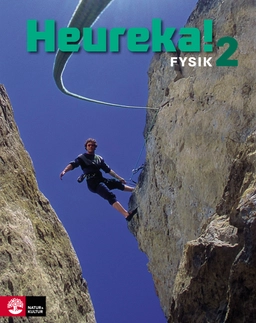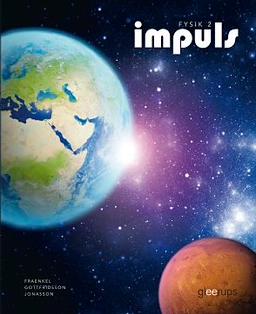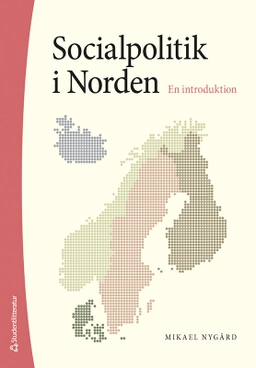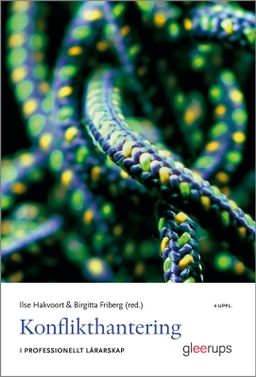Although they constitute less than 1% of the world's water, freshwaters play a vital role in life on Earth. Running water, or lotic, habitats comprise a tiny proportion of these freshwaters, yet they offer important resources and are rich and complex environments. This book provides an essential introduction to the biology and ecology of lotic habitats, and their constituent organisms. Rarely has the breadth and complexity of all aspects of the biology of streams and rivers been dealt with in a single volume. The aim of this book is to delve into the rich and growing literature, and to provide an up-to-date introduction to stream and river biology. It begins by outlining the factors that make running water habitats unique, and describing the many different water-course systems. The authors then outline the range of living organisms in lotic habitats, and the environmental adaptations they exhibit. They discuss population, community, and ecosystem patterns and processes, such as energy flow, nutrient cycling, migration, food webs, and community structure. Each chapter includes practical information on simple studies and experiments for students to try.The book finishes with a discussion of applied issues surrounding water use, pollution, species diversity, and conservation of this fascinating and immensely important habitat.
Åtkomstkoder och digitalt tilläggsmaterial garanteras inte med begagnade böcker





















